Interesting facts about the civil war in China
Divided by the ideological chasm, both parties to the conflict, in one way or another, sought to consolidate the state and return China to the category of great world powers. At the same time, millions of people died in this struggle of ideologies, the exact number of victims is still unknown, and the imposition of this internal conflict on the events of World War II only aggravated the situation in which the civilian population suffered the most. At the same time, during the Second World War, paradoxical situations occurred when the nationalists of Chiang Kai-shek military aid weapons, sending its advisers, rendered the Soviet Union, and the British administration in Hong Kong provided assistance to the communist detachments, handing them weapons and engaging them in training. Both the USSR, the United Kingdom and the United States were interested in the fact that China actively conducted military operations against Japan.
1. The civil war in China was one of the longest in human history, of course, it was far from the record of the centenary war, which intermittently lasted from 1337 to 1453, but for the XX century this armed conflict, which lasted from 1927 to 1950. , became the longest. The total number of victims of this war remains unknown, although it is obvious to everyone that the casualties were simply enormous and amounted to millions of human lives, according to historians, about 7,5 million people could have died in this internecine conflict. At the same time, it is still possible to argue about the timing of this civil war. After the Chinese Communist Party (CCP) established its full control over the mainland state, the government of the Republic of China fled to Taiwan, where it retained its existence as an independent state. The active phase of the conflict lasted more than 20 years, and its consequences can be felt to this day.
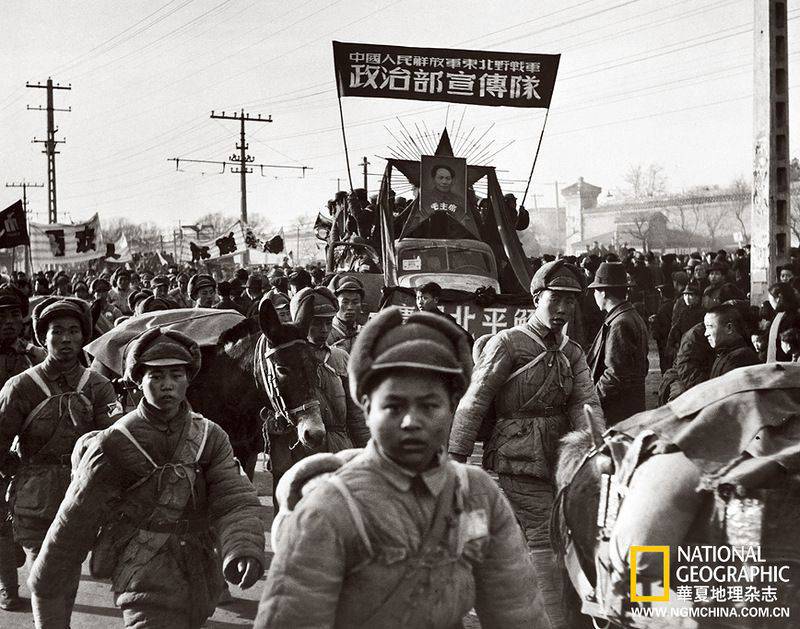
2. It is noteworthy that, just like during the Civil War in Russia, not one of the parties to the conflict in China wanted to restore the outdated feudal-monarchist system, which only impeded the development of the state. The war was a conflict of two ideologies, while both sides of the conflict were nationalists - right (Kuomintang) and left (communists). All of them sought to consolidate the country's tormented anarchy, even before the conflict began in 1923, they even jointly belonged to the First United Front. At this stage, they had one common enemy - the specific "leaders" who at that time had their own armed forces.
3. It is worth noting that initially the Chinese Communist Party was very small in number. It was created only in 1921 year. At the first stage of its development, it represented a kind of “interest circle” consisting of urban intellectuals who were parading new socialist rhetoric for China. For a multi-million China at that time, this party did not mean anything. In 1921, it consisted of 50 people, in 1922 - 120, in 1923 - 230, at the beginning of 1925, 950 people. In fact, the Communists never made an alliance or bloc with the Kuomintang, but entered it as a popular movement, retaining their own structures. They conducted work inside the Kuomintang, as usual, the party works within the trade unions. At the same time, the work of the communists in the Kuomintang brought very substantial results, since it allowed them to actively promote their ideology and carry it to the masses. By the end of 1925, there were about 60 thousand people in the party, it was a real qualitative leap.
In contrast to the Communists, the KMT by the 1920 years of the 20th century was a more impressive organization in which several hundred thousand people consisted. But it was rather not a party, but a club of "fans" of the then head of the organization, Sun Yat-sen. The Kuomintang included officials, military, intellectuals, and peasants. Moreover, they all interpreted the three basic principles of Sun Yat-sen: “nationalism, democracy, justice”. Tensions between the Kuomintang and the Chinese Communist Party began to increase after Sun Yatsen died in 1925, replaced by General Chiang Kai-shek.
4. In addition to the two main belligerents, numerous large and not very large formations commanded by so-called field commanders of uncertain political color and orientation — analogues of the Makhnovists or “greens” from Russian history — took part in the civil war in China. The armies of the so-called specific "leaders" very often moved from one camp to another, entering into temporary alliances with both the Kuomintang and the Communists. In their actions, they were guided by personal gain, often shying away from their obligations to the parties and, manifesting themselves, mainly in looting and robbery.
Even before the outbreak of the Sino-Japanese War (1937-1945), the composition of the NRA - the People's Republican Army, part of whose troops during the civil war broke away from it, going over to the communists and creating the Red Army (later PLA), was heterogeneous and subordinate to commander. The total number of NRAs in 1937 was about 1,9 million people. At the same time, under the direct command of Chiang Kai-shek there were only 300 of thousands of soldiers, and in total the Nanking government controlled about one million people, the rest of the troops were subordinated to various local militarists.
5. The Japanese invasion of the 1931 year, which led to the occupation of China’s northeastern territories — Manchuria — and the creation of the puppet state of Manchuko here did not formally mark the beginning of the Sino-Japanese war. These events did not become a pretext for the creation of a united anti-Japanese front in the country. On the contrary, nationalist leader Chiang Kai-shek focused all his efforts on the conduct of the anti-communist struggle. Only from 1931 to 1934, the troops of Chiang Kai-shek made five military campaigns against the communists, which could be called punitive operations. The fifth campaign of Chiang Kai-shek, which began in the spring of 1934, led to the long-marched campaign of the Chinese Red Army.
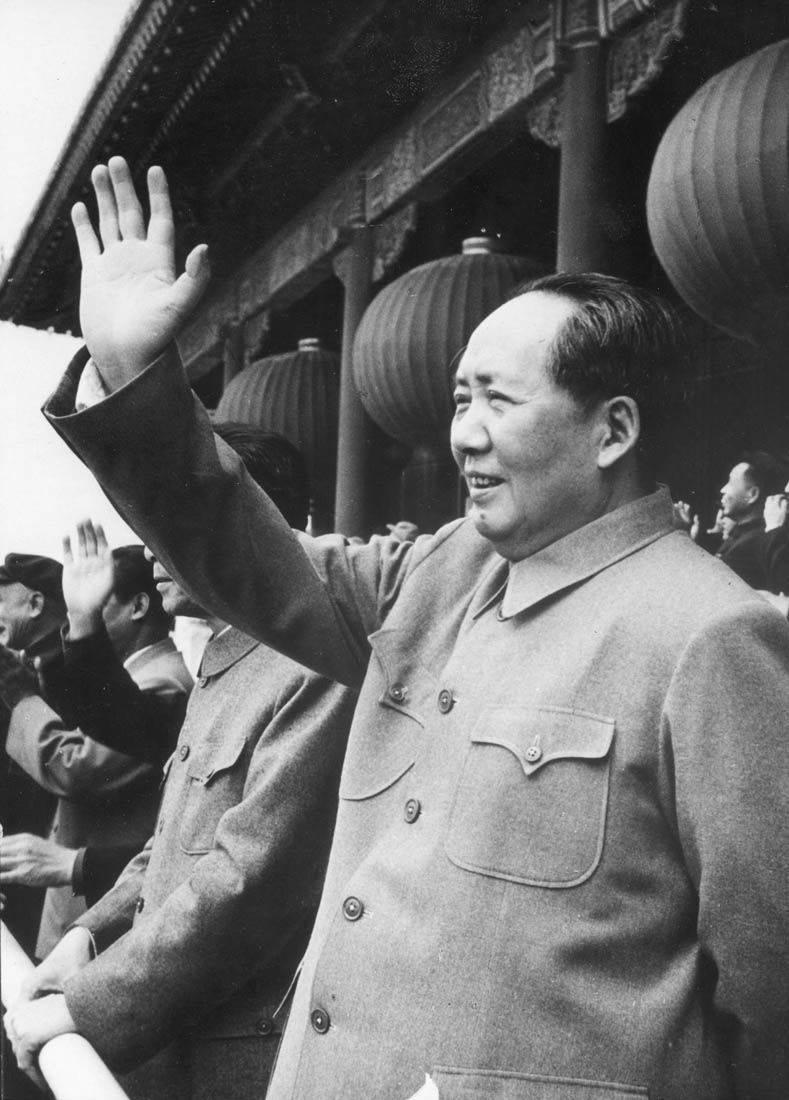
6. During the civil war, the longest march of military forces in the history of wars, the so-called Great March, was made. It was the legendary campaign of the Chinese Communist Army, which lasted from October 1934 to October 1936. The great march became the universal retreat of the Communists from the territories and positions they occupied, the unification of the isolated communist detachments and their subsequent strengthening in the Special District with its capital in the city of Yan'an. Departing from the Kuomintang people who attacked them, the communist troops fought more than 12 thousands of kilometers through their country, crossed the territory of 12 Chinese provinces, overcoming 18 mountain passes during this time and forcing the 24 river on their way. From the 80-thousand army, which began this campaign, only about 4-thousand communists reached the final goal of the route, but they will be the backbone of the armed forces, which in their favor will end the civil war in mainland China.
7. The supply of weapons and military equipment from the USSR acquired great importance after the start of the Sino-Japanese war, which somehow brought together the positions of the Kuomintang and the Communists. From 1937 to 1941, the Soviet Union carried out regular deliveries of various weapons and ammunition to China. Deliveries were carried out by sea and through the province of Xinjiang. At the same time, deliveries by land were prioritized, since most of the Chinese coast was in a naval blockade. At this time, the Soviet Union concluded several credit agreements and contracts for the supply of Soviet-made weapons with China and the government of Chiang Kai-shek.
On June 16, 1939, the Soviet-Chinese trade agreement was signed, which stipulated the trade activities of the two states. From 1937 to 1940, more than 300 Soviet military advisers worked in China, all in all, about 5 thousand Soviet citizens worked in the country during these years. Among the military advisers were the Soviet generals who later became famous later, Vasily Chuykov, who then even wrote the book Mission in China, and Andrei Vlasov. And if one went down in history as a hero of the Battle of Stalingrad, then the second tarnished his name, becoming a traitor to the Motherland. Also, a large number of Soviet volunteer pilots (up to 700 people), as well as assembly workers, visited China tanks, aircraft, aircraft, specialists, bridge and road builders, medical workers, transporters and others.
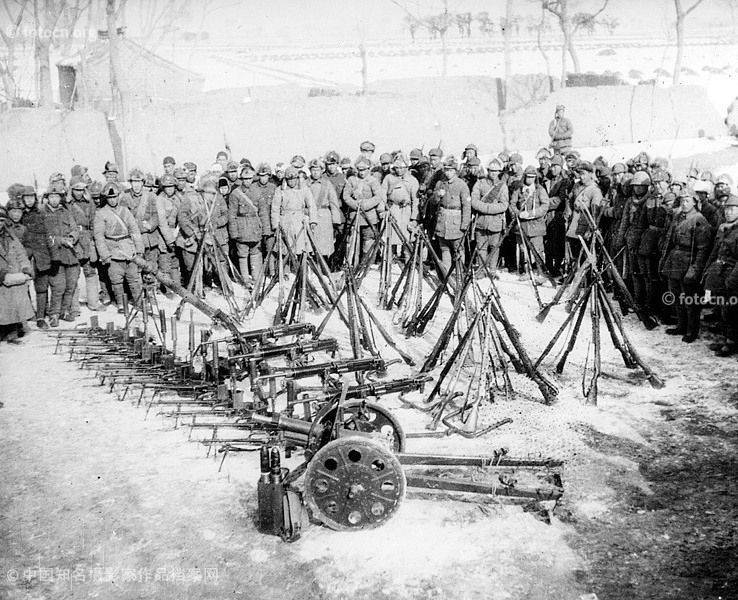
In total, 1937 aircraft were shipped from 1941 to 1285 from the Soviet Union to China (including: 777 fighters - I-15, I-16, 408 bombers - SB, TB-3, DB-3, as well as 100 training aircraft. Artillery guns of various calibers were supplied by 1600, medium tanks by 82, machine guns of manual and machine guns by 14 thousands, vehicles and tractors by 1850. divisions. In addition to this 1937 September 1941, in Urumqi was impl The launch of the first stage of the new assembly plant, which was built in the city by Soviet specialists, was launched.
However, in 1940, due to another spiral of exacerbation of relations between the Kuomintang and the CCP, fearing that the supplied Soviet weapons would be used not against the Japanese army, but against opponents in the civil war, military aid to China began to be curtailed. In the same year, the Soviet volunteer pilots stopped taking part in combat missions, focusing only on the training of Chinese pilots. And in the 1941 year after Hitler’s attack on the USSR, the military flow of supplies almost dried up. Armaments and military equipment, as well as military specialists with combat experience have become necessary to protect the western borders of the USSR.
8. Material support and assistance to the two sides of the civil war in China became more pronounced after the end of World War II. The United States began to support and provide substantial material support to the Kuomintang, while the Soviet Union concentrated on providing assistance to the Chinese Communist Party. Not intending to force the continuation of the civil war in China immediately after the end of World War II, Moscow, at the end of 1945, restricted its military assistance to the Communists solely by handing over to them military trophies of the defeated Japanese Kwantung Army. The transfer of Japanese trophies was made under commitments of food supplies from Manchuria to the Soviet Far East. Soviet armament at that time and to the very end of 1946 was not supplied to the CCP's armed forces.
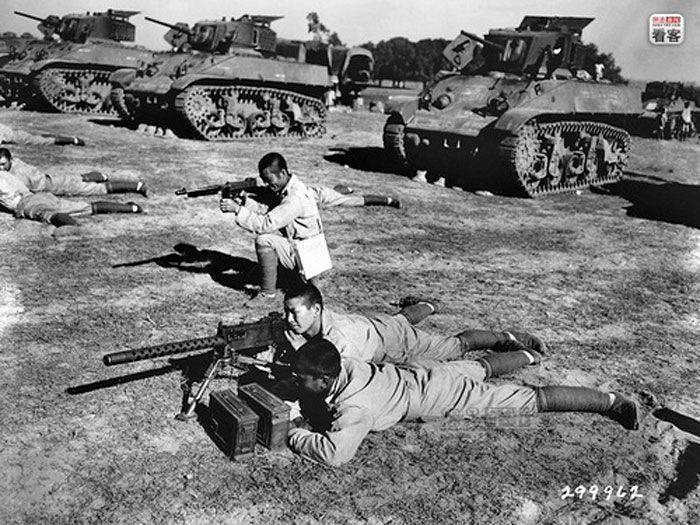
At the same time, the United States immediately began to provide the Kuomintang substantial material support. The Americans armed and trained over 500 thousands of soldiers and officers of Chiang Kai-shek, as well as engaged in the transfer of Kuomintang troops to the liberated regions of China. The overall assessment of the assistance provided by Americans in 1946-49 amounted to 4,43 billion dollars - a huge amount at that time. The material assistance from the Soviet Union to the Communists was significantly more moderate.
However, the transfer of trophies of the Kwantung Army to the Communists was still a very significant gesture. In September-November 1945, the Soviet military command transferred almost all Japanese military trophies to the Chinese Red Army, including: 327 rifles and carbines, 877 different machine guns, 5207 guns and mortars, 5219 tanks and armored vehicles, 743 aircraft, 612 cars and tractors . In addition, the Communists received a huge amount of ammunition, sapper equipment, kilometers of telephone cable and radio equipment. In addition, Japanese vessels from the Sungaria River were transferred to the armed forces of the CCP flotilla.
By the end of 1945, the 100-thousandth "United Democratic Army" formed here, commanded by Lin Biao, was armed with this Japanese weapon in Manchuria. By the spring of 1946, it will already consist of more than 300 thousands of soldiers and officers, and later almost a millionth group of troops will be deployed at its base. For the recruitment of this army even used former soldiers of the puppet Japanese state of Manzhou-Guo. Thanks to this, a military group was formed in Manchuria, which became the strongest army of the Chinese Communists.
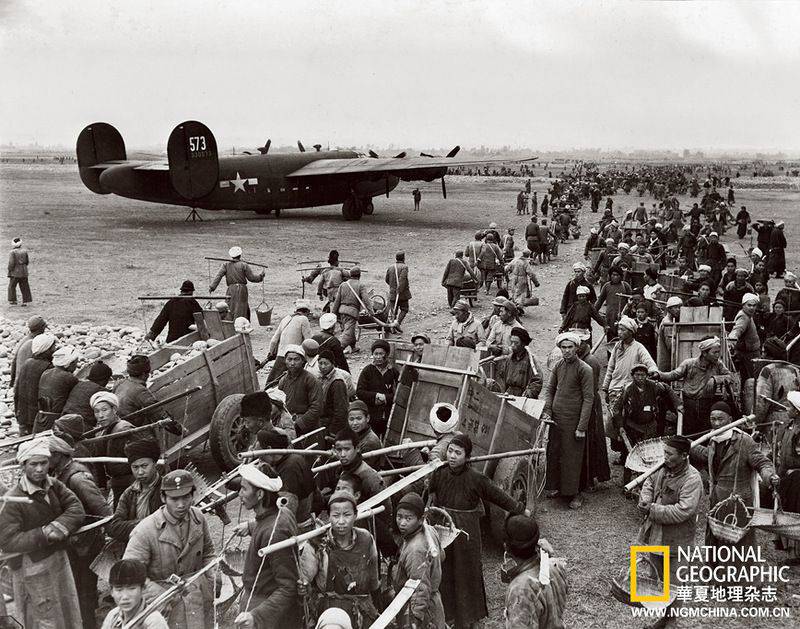
9. As during the Civil War in Russia, one of the decisive factors for the victory of the communists was their promise to transfer land to local peasants. That is, the slogan “land for peasants, factories for workers” played its role for the second time in the history of the 20th century. Thanks to the declared land reform, the communists turned the peasantry to themselves. At the same time, ideologically motivated recruits began to arrive in the communist army, which was of paramount importance. Mao Zedong’s army mobilized up to 5 million 430 thousand peasants in the last stage of the civil war, while the maximum number of troops under Chiang Kai-shek apparently reached its maximum in the summer of 1946, when 1,6 reached a million people.
Information sources:
http://warspot.ru/1039-10-faktov-o-grazhdanskoy-voyne-v-kitae
http://vpk-news.ru/articles/1334
http://ekd.me/2014/10/5-deadliest-wars
http://www.aif.ru/society/history/1364519
http://www.oboznik.ru/?p=11449
http://www.apn-spb.ru/publications/comments15522.htm
Open source materials
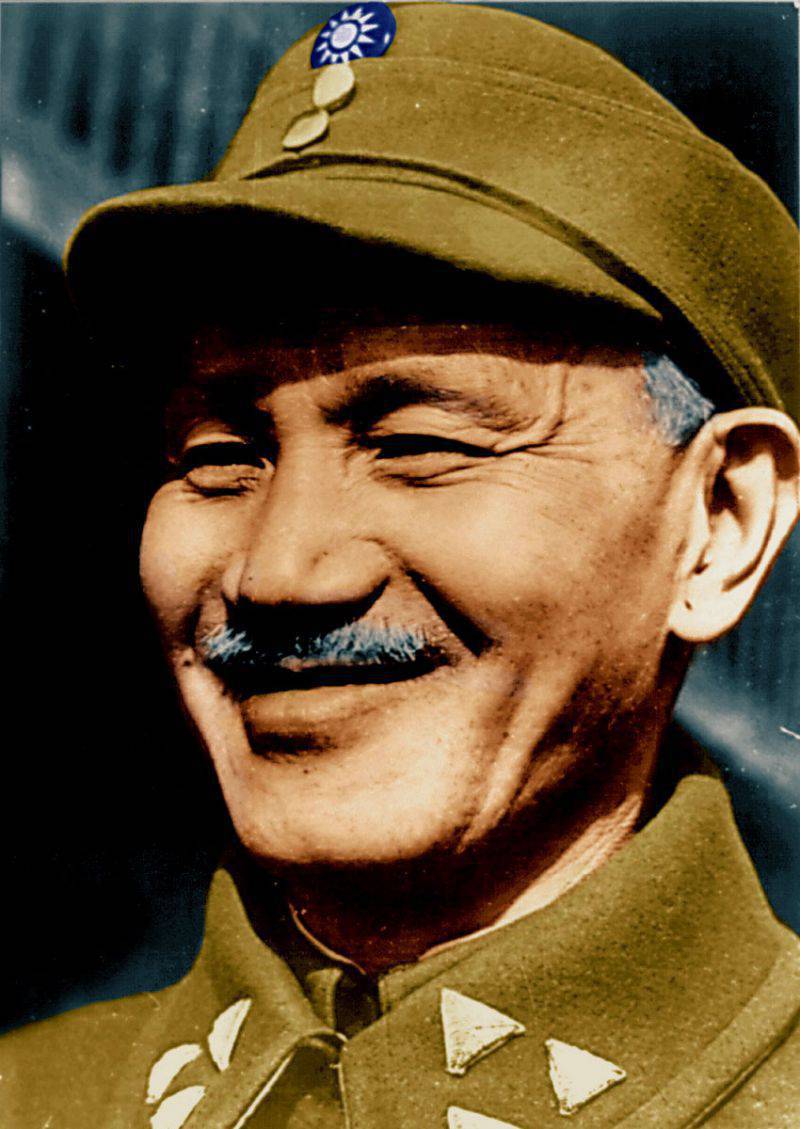
Information